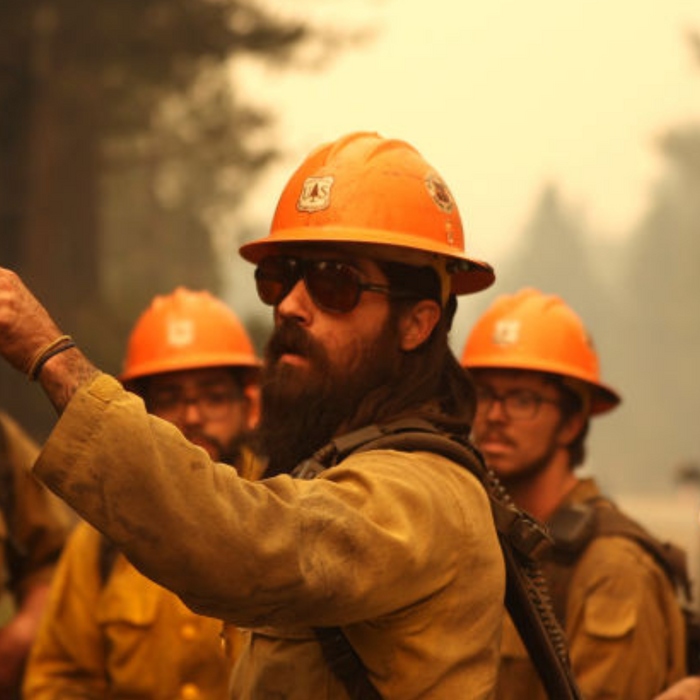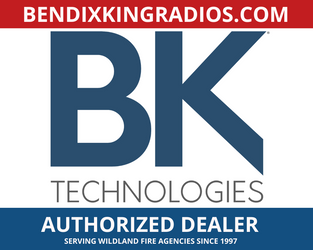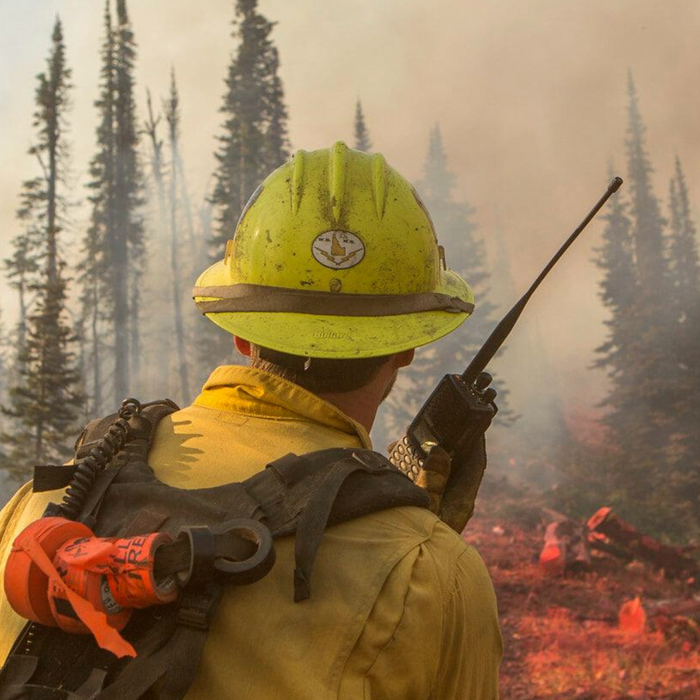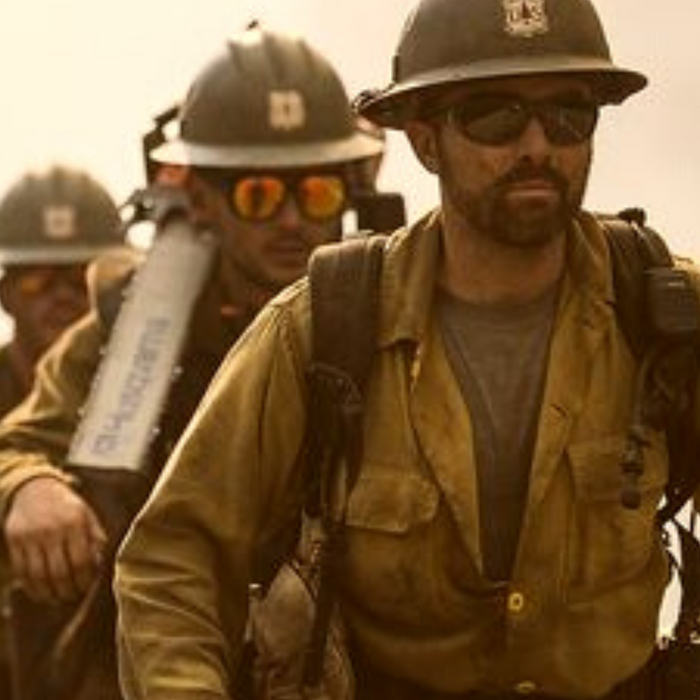When it comes to wildland firefighters and EMS personnel, reliable communication is crucial for their safety and success in extreme conditions. Handheld and portable radios play a vital role in keeping these professionals connected and informed. However, these radios are often subjected to harsh environments that can impact their performance and longevity. To ensure the optimal functionality and durability of two-way radios in extreme conditions, here are some best practices to follow:
Regular Cleaning and Inspection
Regularly clean and inspect your two-way radios to remove dirt, dust, and debris that can affect their performance. Use a soft, lint-free cloth to wipe the exterior and a small brush to clean the crevices. Inspect the antenna, battery contacts, and ports for any signs of damage or corrosion.
At bendixkingradios.com we are excited to introduce our TLC Radio Repair option, a comprehensive service designed to ensure tour radio equipment is in its optimal working condition. This option includes:
-
Visual Inspection and Cleaning of Inside of the Radio (Internal Circuit Boards - Solders - Components - Parts & Pieces of the Radio)
-
Complete Thorough Bench Testing (Tuning and aligning the unit back to factory Specifications)
- Detailed Inspection and Cleaning of the Unit Exterior
- Quality Assurance Testing Prior to Return Shipment
With our TLC Radio Repair option, you can trust that your communication equipment will be handheld with the utmost care and expertise, extending its lifespan and maintaining its performance. To read more about our repair options Click Here.
Protect from Moisture and Water
Moisture and water can severely damage two-way radios. Invest in radios with an IP rating that indicates their resistance to water and dust. Additionally, use protective cases or covers to shield the radios from rain, snow, and other sources of moisture. The BKR 5000 handheld radio is rated for IP68 (waterproof). This radio is ideal for contractors that work in harsh outdoors conditions. To view and learn more about the BKR-5000 radio Click Here.
Battery Management
Proper battery management is essential for the longevity of two-way radios. Follow the manufacturer's guidelines for charging and conditioning the batteries. Avoid overcharging or not completely draining the batteries, as it can reduce their lifespan. Carry spare batteries with a clam shell for emergencies and ensure they are stored in a cool, dry place.
On occasion it is necessary to condition a battery. This was a more common practice for large crews with legacy radios. To condition a battery you will use a battery analyzer. Although these are being phased out we still offer 1 analyzer for KNG series radios and 1 analyzer for the Legacy series radios (DPH, GPH, EPH). These analyzers are compatible with NiCad, NiMH and Li-ion batteries. To view the 2 analyzers Click Here.
Temperature Considerations
Extreme temperatures can impact the performance of two-way radios. Avoid exposing them to excessive heat or cold for prolonged periods. If possible, store the radios in temperature-controlled environments when not in use.
When not in use, store the radios in a safe and dry location. Avoid storing them near chemicals, solvents, or other substances that can cause damage. Use protective cases or pouches to prevent scratches and impacts.
If you run incidents with a crew by your side then a weather proof storage cache is one to consider. These rugged boxes have a durable external shell to protect against the rain, snow, ash and mud. The inside of the cache has foam slots for the radios to securely fit into without being jostled around over rough terrain. These cases can fit most 16 Relm/ BK Technologies radios. From EPH to BKR5000 these weather proof cases will keep your radio protected from the elements. To view the storage cases Click Here.
Antenna Care
The antenna is a critical component of a two-way radio. Ensure it is properly attached and tightened to avoid signal loss. Avoid bending or damaging the antenna, as it can affect the radio's range and clarity. If you will be driving under lots of low hanging branches, or in heavy storms then consider a flexible antenna. One of the most common roof mounted flexible antennas is the Sti-co antenna. These antennas are tunable (meaning that you will cut it to the correct length for your frequency range). To view the Stico Antenna Click Here.
Firmware Updates
Stay up to date with the latest firmware updates provided by the radio manufacturer. These updates often include bug fixes, performance improvements, and new features that can enhance the radio's functionality. If you are interested in watching a step by step tutorial, head over the factory YouTube page. Click Here.
Training and Education
Ensure that all users are properly trained on the operation and maintenance of two-way radios. Educate them about the best practices mentioned above and provide guidelines for troubleshooting common issues. Regular training sessions with crew members can help prevent avoidable damage and ensure the radios are used correctly. Replacement manuals are available to purchase for legacy radios. These manuals will be all encompassing of the parts and intricacies of your radio. To view the collection of service and owners manuals for Reml/BK radios Click Here.
Summary
By following these best practices, wildland firefighters and EMS personnel can maintain the longevity and optimal performance of their two-way radios in extreme conditions. Reliable communication is essential in their line of work, and these radios are their lifeline. Taking care of these devices ensures that they can focus on their critical tasks with confidence and peace of mind.





Leave a comment